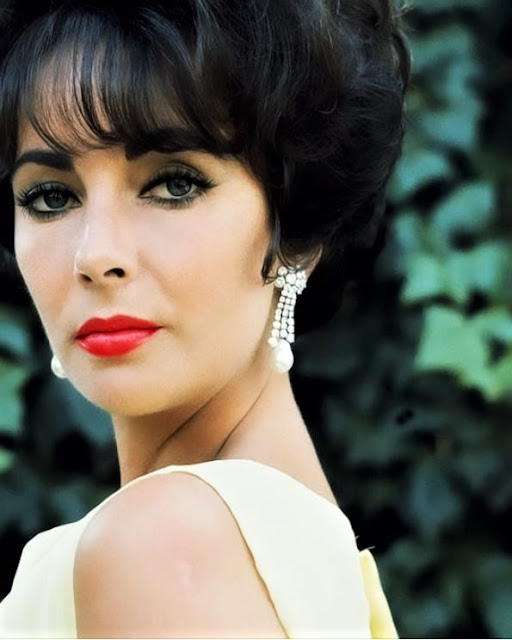
I first became fascinated with Elizabeth Taylor when I was sixteen and was studying Cat on a Hot Tin Roof as one of my A’ Level texts. One afternoon, we watched the movie of her playing Maggie the Cat alongside Paul Newman, and I was instantly drawn in by her beauty and peerless presence on screen. As an actor, she didn’t look like she was doing much, but really, she was doing everything.
I knew little then about Elizabeth’s pioneering work for the victims of AIDS that had begun four years earlier following the death of her close friend, Rock Hudson. In truth, I had no first-hand experience of how the disease was cutting a swathe through so much talent and potential. All I knew about was those tombstone ads that were designed to strike fear in our hearts.
When thinking about the cause of HIV and AIDS, it would have been impossible to predict that something so dark, so vilified and so devoid of glamour could have attracted any kind of philanthropic attention. When I undertook my research into HNW funding for female domestic abuse services, several of the participants referenced the early days of the AIDS epidemic. They made comparisons between the stigma this cause had held for so many and the negative beliefs existing today around women who experience intimate or familial abuse.
Most strikingly, they highlighted the way in which fundraising for AIDS support services had gained significant social capital since the 1990s, following the heightened presence of glamorous, high-profile role models. In their view, this was something notably missing from the cause of female domestic abuse and for major donors, it mattered.
So, what’s the fuss about social capital? In philanthropic terms, it is – at least in part – what you fish with. Paul Schervish’s eight determinants of charitable giving, includes abundant ‘associational capital’ as a driving force for major gifts. It’s the critical mass of which you must be a part and the energy that’s fuelled every charitable gala that’s ever been produced. As anyone who has worked on a big campaign understands, the message is always ‘join us’ and ‘us’ must be something worth knowing. As ever, Schervish’s theories did not let me down and the requirement for social capital came up repeatedly in my interviews.
With some brave and notable exceptions, female domestic abuse just wasn’t something high profile individuals wanted to stand up for yet, and without these role models the cause remained invisible and lacking in status. This is particularly problematic for attracting gifts from men, as the need for social capital plays a major part in differentiating between male and female giving behaviour, with men more likely to give ‘to causes in which they receive social returns’ (Kottasz, 2004). In fact, the link between men’s philanthropic giving and the desire for status is widely supported by numerous academic studies.
French sociologist Pierre Bordieu described social capital as an altered and disguised form of economic capital that requires substantial time and energy to maintain. We know it’s a luxury that the middle-class Oxbridge graduate has and the young person from the council estate does not, but its accumulation and investment is also likely to be affected by gender inequalities that will dictate where attention is focused. With women the most obvious empathisers with the female victims of domestic abuse, their lack of assets and resources in comparison to men may be playing a role in the scarcity of social capital associated with this cause.
Disparities too, in how social capital is distributed across private and public spheres, further disadvantages a cause that disproportionally affects women within the private domain of the home. After all, there is a reason why high-performing and outward-facing institutions often attract transformational gifts, when it is the male-dominated public realm that is of elevated status.
It’s hard to overestimate the effect of Elton John’s prolific work in the field of HIV and AIDS, or the moment that Princess Diana first reached out and touched a dying man with a gloveless hand. Would Ronald Regan have acted if it wasn’t for Elizabeth’s ruthless charm offensive and personal lobbying? It’s unlikely, and without any of these maverick interventions, so many more lives would have been lost.
Wouldn’t it be wonderful if we could do this for women?
It’s my belief that by harnessing the courage of these giants of philanthropy we can. Because without addressing this critical lack, there can be no real visibility.